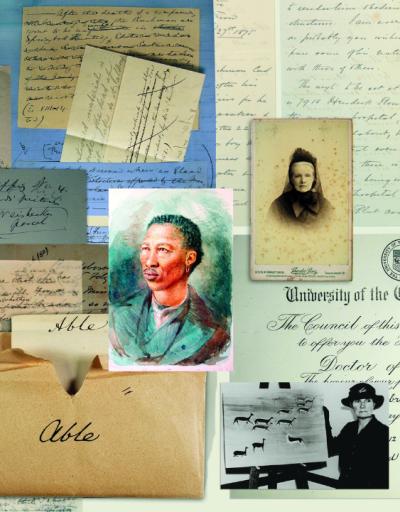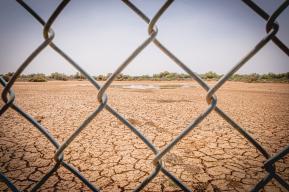In 2020, the UNESCO Bangkok Office published a Gender Equality Baseline Study of Memory of the World in Asia-Pacific, which adopted a gender lens to review all Memory of the World (MoW) international inscriptions from the Asia-Pacific region. Shockingly, the study found that only three out of 109 inscriptions highlighted gender dimensions or promoted the empowerment of women in society and history.
The same pattern is found in Africa. On 16 February 2024, the UNESCO Regional Office for Eastern Africa in Nairobi launched the first-ever compilation of documentary heritage inscriptions in the region: Memory of the World – Documentary Heritage Treasures of Africa. The milestone publication features all 26 African documentary heritage inscribed on the MoW International Register. Here, only three inscriptions showcase the stories of women who pushed the boundaries of traditional gender roles and shaped the history of the region.
These trends highlight a lack of awareness on the importance of gender dimensions in the archives and documentary heritage at large. In response to this, UNESCO is initiating efforts to promote existing inscriptions that highlight the significant contributions of women throughout history, while also encouraging identification of new documentary heritage that promotes gender equality and women’s empowerment.
Browse the documentary heritage collections featuring pioneering women leaders from Asia-Pacific and Africa below:
Nehanda and Kaguvi mediums’ judgement dockets (April 1897)
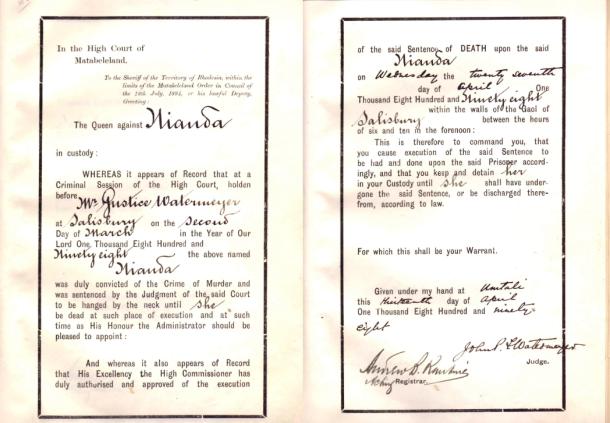
Nehanda is one of the two key spirit mediums who inspired the revolution in Zimbabwe. She spoke out strongly against colonial rule and generated a spirit of nationalism among local people. It is under her guidance that people in Zimbabwe were united to resist the colonial wave and this is now remembered as the first Chimurenga (War of Independence) in 1896. Because of her role in the revolution she was arrested, prosecuted and sentenced to death in 1898. But 100 years later, her prophecy inspired the second Chimurenga which eventually led to the liberation of Zimbabwe in 1980.
Nehanda is an important reference point for the participation of women in politics in Zimbabwe and Africa. The national memory of Nehanda’s courage and leadership plays a critical role in strengthening public perception for women in top governance, including the appointment of Zimbabwe’s first female Vice President, Joice Mujuru, in 2004.
The Bleek Collection
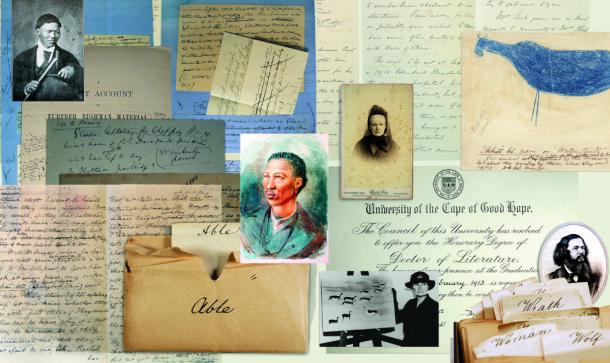
The Bleek collection is a historical archive of languages and cultures of San people, a community of indigenous hunters from Southern Africa, known also as Bushmen. Behind this unique collection and research work, there were two women anthropologists. One is Dorothea Bleek who was the daughter of a pioneering philologist studying languages and cultures of Southern Africa in the late 18th century. The other woman is her aunt Lucy Lloyd who developed with her father the first oral histories project of San people.
Records of Indentured Immigration
In 1834, the British Government selected the island of Mauritius to be the first site for what is hailed as the “Great Experiment”, which aimed to determine the viability of a new system of “free” labour to replace slavery. Close to half a million people from India, China, Madagascar, Southeast Asia and other parts of Africa were moved to the colony as indentured labourers.
The records document the establishment and management of Aapravasi Ghat, the first immigration depot outside India for the processing of immigrants. Built in 1849, the Royal Commission of Enquiry to Mauritius to enquire into the condition of the Indian Immigrants. It sheds light on the role of women in African history, featuring their lives and labour in the Mauritian Records of Indentured Immigration.
The archives of Seamaul Undong
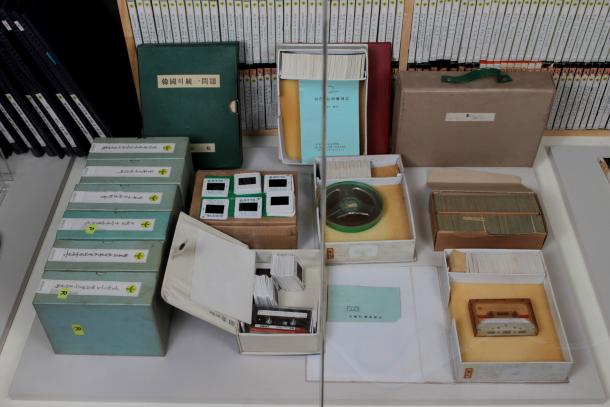
Saemaul Undong (New Community Movement) was launched by President Park Chung Hee. It was a community-driven development program pursued during the 1970s and was a key long-term economic development program in the Republic of Korea.They illustrate the impact of Saemaul Dong on improving the lives and status of women and increasing their social and political participation in the Republic of Korea in the 1970’s.
The 1893 women’s suffrage petition
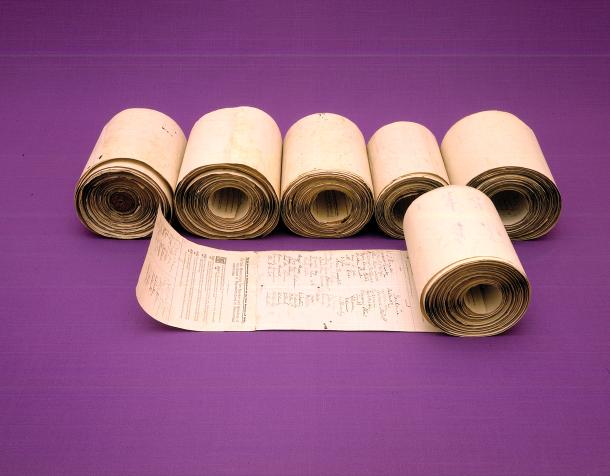
The 1893 Women's Suffrage Petition – Te Petihana Whakamana Pōti Wahine, was signed by close to a quarter of the New Zealand female adult population. It led to legislation that resulted in New Zealand becoming the first self-governing nation where women gained the same right as men to vote in general elections.
Permanent collection of the Eleanor Rosevelt papers
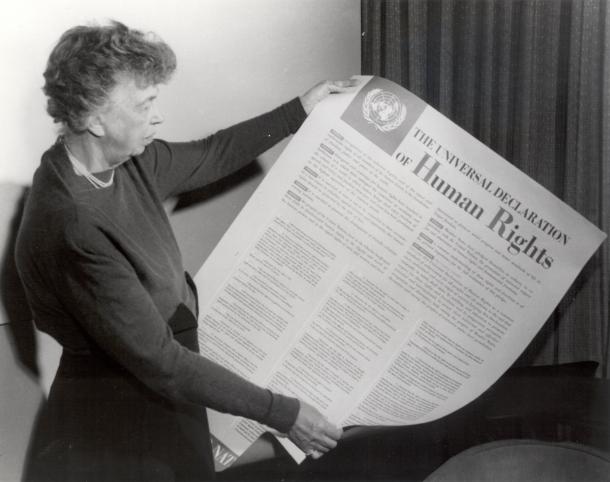
Eleanor Roosevelt (1884-1962) was an American political figure, diplomat and activist. She served as the First Lady of the United States from 1933 to 1945, during her husband President Franklin D. Roosevelt's four terms in office, and is the longest-serving First Lady of the United States.
Most of the permanent Collection of the Eleanor Roosevelt Papers was assembled between 1999 and 2010. The project drew together the most significant records of Eleanor Roosevelt’s public life and career from every repository in the world known to have relevant materials.
Historical narratives have immense potential to empower societies and encourage new perspectives. They nurture a sense of identity by retracing our origins, arousing a sense of pride and offering lessons that inspire us to chart a better future for ourselves and future generations to come.
Unfortunately, the authority to write history has frequently been exploited to establish societal hierarchies, perpetuate existing inequalities, and relegate women—especially women of colour—to the sidelines. Because our comprehension of the world is moulded by our perception of what has been, this in turn limits the boundaries of what present generations perceive as achievable or possible for women.
By raising the visibility of women in the archives, UNESCO aims to correct past narratives that reduced women to passive or silent roles, unveil new perspectives that appreciate the diverse roles they played in society, while acknowledging the systemic historical inequalities that continue to exist today. Telling women’s stories allows not just women and girls, but also men and boys, to draw inspiration from multiple perspectives of female historical movers, leaders and creators, but also ordinary women who fought for a better world despite the significant barriers.
History is no longer just a chronicle of kings and statesmen, of people who wielded power, but of ordinary women and men engaged in manifold tasks. Women's history is an assertion that women have a history.
In line with UNESCO’s global priority Gender Equality, gender mainstreaming is a key focus of UNESCO’s Memory of the World programme. To promote gender equality and women’s empowerment through Memory of the World, the new submission form for nominations now includes a section on Gender equality. The section requires a description of a gender analysis of the documentary heritage to include a gender analysis as a criteria for inscription on the Global MoW Register. This initiative is also part of interregional cooperation for the Memory of the World programme, kickstarted by the UNESCO Regional Offices in Nairobi and Bangkok.
A Memory of the World programme that prioritises the inclusion of more diverse perspectives will accelerate progress towards the Sustainable Development Goals and gender equality by 2030, so as to ensure equal opportunities and the participation of women all around the world in the creation of a better future.


